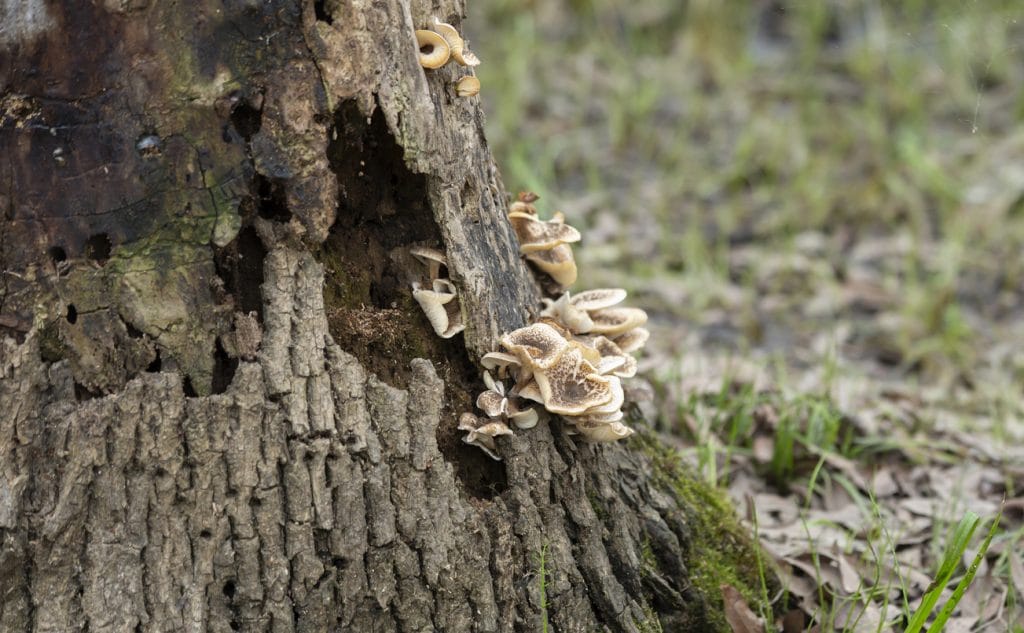Severe storms in the spring and summer can weaken trees and cause accidents on your property. It is critical to remove damaged or diseased trees after a storm. Here are five signs it’s time to call a professional tree service for tree removal.
1. The Tree Has Cavities and Cracks on the Trunk
A dying tree will often show signs of unhealthy growth. It may have a hollow trunk or fungal diseases after storm damage.
A cavity in the trunk cannot support all the leaves and branches properly. Another wave of storms and high winds may bring the tree down. You may need to remove the tree to prevent diseases from spreading or avoid property damage.
2. Sprouts at the Base of the Tree
It may be time to remove the tree if you notice sprouting leaves and twigs around its base. Twigs and branches growing on the trunk are a common sign of stress.
The stress may be due to soil compaction from construction activities near the tree. Another cause could be damage to the trunk after a storm. If you spot a large fungus growing at the tree’s base, consult an arborist for tree removal services in Columbus, OH.
3. You Spot Intertwining Branches
Large branches often crack and break following severe weather in the spring and summer seasons in Franklin County. If the limbs are crossing or rubbing, they will sustain wounds that may further weaken the trunk.
A sharp angle makes branches susceptible to rubbing. You can save the tree by cabling branches, especially if the tree is young.
4. The Tree is Leaning After a Storm
A leaning tree could be dangerous if it is the proximity to buildings. It’s important to pay attention to large branches slanting toward buildings and power lines.
Sometimes you can save the tree if you trim the branches properly. But tree removal is often necessary if more than 25% of the stems are dead.
Also, fewer branches on one side of the tree can force its weight to shift to the opposite side. An arborist can assess the stability and health of the trunk to determine if it can withstand strong winds.
5. No Signs of Healthy Growth
The tree’s bark is often tough and hardy, making it challenging to detect cavities on the trunk. Some species can change the structure of the bark several times during their lifetime.
There are always telltale signs that the tree is dying. Symptoms may include browning leaves and brittle branches. A large number of dying branches on the crown indicate unhealthy growth. Fungus or rotting near the roots often means the tree is no longer viable.
When you spot a dying tree, it is crucial to determine the cause of its decline. If it is diseased, treatment is necessary to contain a fungal infestation. Contact our team at Blue Grass Tree & Lawn for emergency tree service. We’ll gladly provide a free estimate for this or any of our other services in Columbus, OH.



